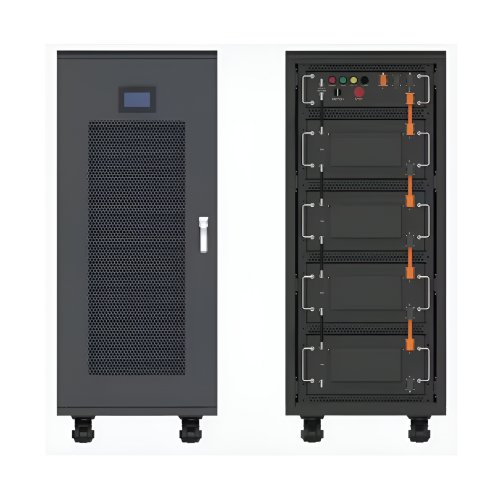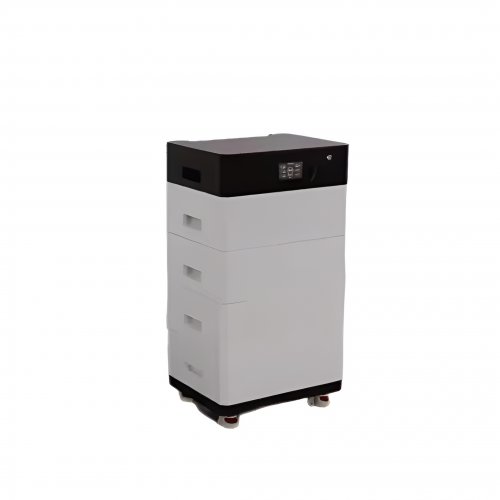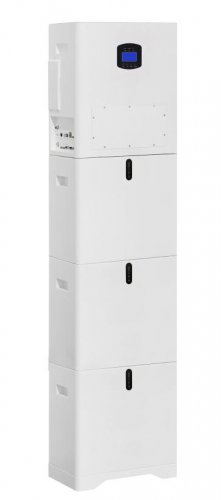How To Use Maintenance Tips: A Practical Guide To Extending Product Lifespan And Performance
Effective maintenance is not merely about fixing problems as they arise; it is a proactive strategy that preserves functionality, ensures safety, and maximizes the value of your investments. Whether applied to your car, home appliances, or technological devices, a disciplined maintenance routine is the cornerstone of long-term reliability. This guide provides a structured approach to understanding and implementing maintenance tips, transforming them from simple suggestions into actionable habits.
Understanding the Core Principles of Maintenance
Before diving into specific steps, it's crucial to grasp the three fundamental types of maintenance:
1. Preventive Maintenance: Scheduled, routine actions taken to prevent equipment failure before it occurs. This is the most common type of tip you'll encounter (e.g., changing your car's oil every 5,000 miles). 2. Predictive Maintenance: Using data and monitoring tools to predict when maintenance should be performed. This involves observing signs of wear (e.g., unusual noises from an appliance) to address issues just before they become critical. 3. Corrective Maintenance: The process of repairing or replacing components after a failure has already happened. While sometimes unavoidable, the goal of using tips effectively is to minimize the need for this type.
A robust maintenance strategy primarily focuses on the first two types, using the third only when necessary.
A Step-by-Step Guide to Implementing Maintenance Tips
Follow this structured process to integrate maintenance tips into your routine effectively.
Step 1: Source Reliable Information Your first action is to gather accurate information. Do not rely on a single, generic online source.Consult the Official Manual: The user manual provided by the manufacturer is the most authoritative source. It contains model-specific schedules, recommended fluids, and safety warnings.Identify Reputable Channels: For supplementary advice, seek out certified mechanics, licensed technicians, official brand forums, and well-established educational websites. Cross-reference tips from multiple trusted sources.
Step 2: Create a Maintenance Schedule Information is useless without organization. Create a dedicated log for each significant item you maintain (e.g., your vehicle, HVAC system, laptop).Digital Tools: Use calendar apps (Google Calendar, Outlook) to set reminders for recurring tasks. Smartphone notes apps are perfect for keeping digital logs.Physical Logbook: A simple binder or notebook works perfectly. Create a table with columns for Date, Maintenance Performed, Parts Used, Technician Name (if applicable), and Next Due Date.Be Specific: Instead of a vague reminder like "service car," schedule "Replace engine oil and filter" on a specific date or mileage reading.
Step 3: Gather the Right Tools and Materials Attempting a maintenance task without the proper tools can lead to damage or injury. Before starting any project:Review the tips and manual to list all required tools (e.g., specific screwdriver types, socket sets, diagnostic software).Purchase the correct materials, such as the manufacturer-recommended grade of oil, the exact filter model, or approved cleaning solutions. Using incorrect parts can void warranties and cause malfunctions.
Step 4: Execute with Care and Attention When performing the task, prioritize safety and precision.Safety First: Always disconnect power sources before working on electrical appliances. Use jack stands when working under a vehicle—never rely on a jack alone. Wear appropriate personal protective equipment (PPE) like safety glasses and gloves.Follow Instructions: Adhere to the steps outlined in your sourced tips and manual meticulously. Do not take shortcuts.Work Cleanly: Keep your workspace organized. This prevents losing small parts and helps you avoid introducing dirt into sensitive components.
Step 5: Document and Reflect After completing the maintenance, immediately update your logbook. Record what you did, the date, and any observations (e.g., "noted slight wear on belt, monitor and replace in 3 months"). This historical record is invaluable for diagnosing future issues and proving service history for resale value.
Essential Tips and Practical Operational AdviceStart with the "Five Senses" Check: Often, the best maintenance tip is to be observant. Regularly look for leaks, listen for strange noises, feel for unusual vibrations, and smell for burning odors or gas. Early detection is a powerful predictive tool.The 80/20 Rule of Cleaning: For many devices, especially electronics and appliances, 80% of common problems are caused by or exacerbated by dust and grime. Regular, careful cleaning with compressed air or a soft, slightly damp cloth can prevent overheating and component failure.Don't Over-Maintain: More is not always better. Over-lubricating, over-tightening bolts, or changing fluids too frequently can be wasteful and potentially harmful. Stick to the manufacturer's recommended intervals.Know Your Limits: The most important maintenance tip is to recognize when a task is beyond your skill level. Complex electrical work, structural repairs, or anything involving gas lines should be left to qualified professionals. Attempting these tasks without proper training is dangerous.
Critical注意事项 (Precautions)Voiding Warranties: Be aware that performing certain DIY maintenance tasks yourself, even with the best tips, might void the manufacturer's warranty. Always check your warranty terms before proceeding.Misinformation: The internet is full of well-intentioned but incorrect advice. A tip that works for one model year of a product might be disastrous for another. Always, always verify against the official manual.Ignoring the Obvious: No maintenance tip can help if you ignore clear warning signs. Address dashboard warning lights, error codes on appliances, and leaks immediately. Procrastination turns a simple, inexpensive fix into a major, costly repair.
By treating maintenance tips as a systematic program rather than a disjointed list of chores, you empower yourself to take control of your possessions' health. This proactive approach saves money, reduces stress, and ensures that your car, home, and gadgets serve you reliably for years to come.
Customized/OEM/ODM Service
HomSolar Supports Lifepo4 battery pack customization/OEM/ODM service, welcome to contact us and tell us your needs.


HomSolar: Your One-stop LiFePO4 Battery Pack & ESS Solution Manufacturer
Our line of LiFePO4 (LFP) batteries offer a solution to demanding applications that require a lighter weight, longer life, and higher capacity battery. Features include advanced battery management systems (BMS), Bluetooth® communication and active intelligent monitoring.

Customised Lithium Iron Phosphate Battery Casing
ABS plastic housing, aluminium housing, stainless steel housing and iron housing are available, and can also be designed and customised according to your needs.

HomSolar Smart BMS
Intelligent Battery Management System for HomSolar Energy Storage System. Bluetooth, temperature sensor, LCD display, CAN interface, UART interface also available.


Terminals & Plugs Can Be Customized
A wide range of terminals and plugs can be customised to suit the application needs of your battery products.

Well-designed Solutions for Energy Storage Systems
We will design the perfect energy storage system solution according to your needs, so that you can easily solve the specific industry applications of battery products.



About Our Battery Cells
Our energy storage system products use brand new grade A LiFePO4 cells with a battery lifespan of more than 4,000 charge/discharge cycles.



Applications in Different Industries
We supply customized & OEM battery pack, assemble cells with wiring, fuse and plastic cover, all the cell wires connected to PCB plug or built BMS.
Applications: E-bike, Electric Scooter, Golf Carts, RV, Electric Wheelchair, Electric Tools, Robot Cleaner, Robot Sweeper, Solar Energy Storage System, Emergency Light, Solar Power Light, Medical Equipment, UPS Backup Power Supply.
We can provide you with customized services. We have the ability to provide a vertical supply chain, from single cells to pack/module and to a complete power solution with BMS, etc.


HomSolar (Shenzhen) Technology Co., Ltd
























